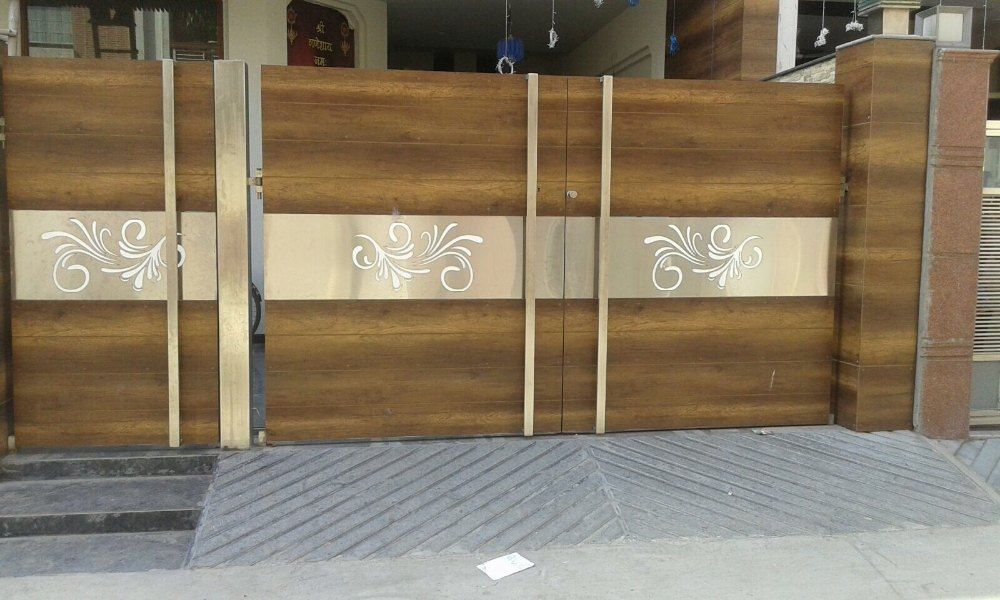
Understand the Benefits of Installing a Wooden Partition
There are many reasons why you might want to install a wooden partition, and the benefits of doing so are far-reaching. Here are just a few:
- Reducing noise levels: Wooden partitions can help to reduce noise levels in your home by absorbing sound. This is especially important if you live in a noisy neighborhood or work in an environment with loud equipment.
- Improved air quality: Wood is a natural material that attracts and holds moisture, which helps to improve air quality. This is because wood contains natural chemicals that break down pollutants like nitrogen dioxide and benzene.
- Increased privacy: A wooden partition can help to increase privacy by separating rooms in your home. This can be particularly beneficial if you have children or co-workers who often invade your personal space.
- Improved energy efficiency: Wooden partitions can help to improve energy efficiency by blocking sunlight from reaching windows and doors, which reduces energy bills.
Designing With Wooden Partitions: Choosing the Right Color and Texture
When it comes to designing a room, one of the most important decisions you’ll have to make is the color and texture of your wooden partition.
There are a lot of factors to take into account when choosing a wooden partition color and texture, like the overall style of your home, the surrounding furniture, and your personal preferences. However, here are some general guidelines that can help you get started:
- If you’re looking for a light, airy feel to your space, choose a light wood like pine or spruce.
- If you want something more substantial and darker, go for oak or mahogany.
- For a warm feel and Mediterranean vibe, try beech or walnut.
- For an industrial look inspired by modern architecture, go for maple or birch.
Once you’ve decided on the color and texture of your wood partition, be sure to test out different combinations in situ so that you can see what works best for your space. You may also want to consider using different types of finishes on it – such as lacquer or oil – to give it a unique look that suits your personality.
What Are the Different Types of Wooden Partitions?
There are several different types of wooden partitions, each with its benefits and drawbacks.
- Panel type: This is the most common type of partition, and it’s made up of panels that slide across one another. It’s relatively affordable to install, and it has a wide range of options available, including colors, effects, and styles. However, it can be difficult to clean because dust and other particles tend to accumulate on the panels.
- Frame type: This is similar to the panel type in that it consists of sliding panels, but it also has a framework that contains the panels. This makes it easier to clean because all you have to do is remove the dirty panels and replace them with new ones. However, this type of partition isn’t as affordable as the panel type and may require additional construction work (e.g., framing).
– Grid type: This is a variation of panel type in which the panels are divided into grids. This makes it easier to organize because everything is visible and there’s no need for shelves or dividers. However, this type of partition can be less visually appealing than others and may require more maintenance (e.g., replacing grid-type panels).



